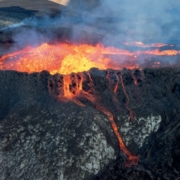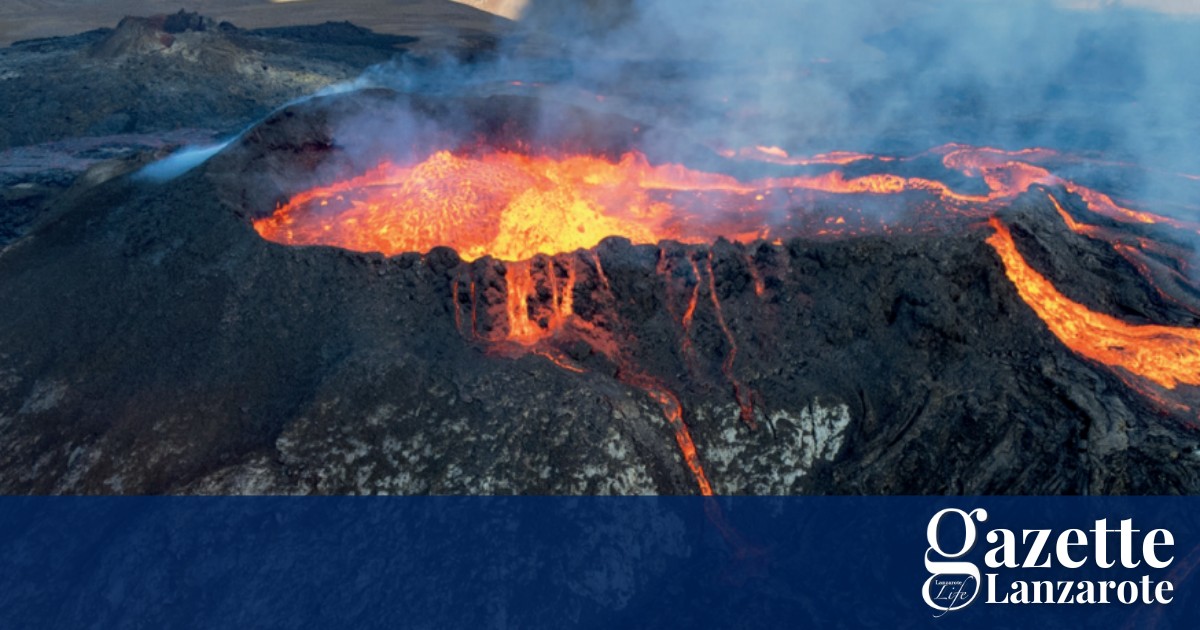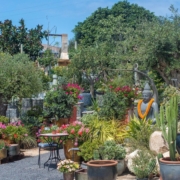A new scientific paper questions the theory that the Canary Islands were formed by a volcanic “hot spot” in the Atlantic Ocean.
The hot spot theory proposes the existence of a plume of hot magma in the earth’s mantle. While the hot spot is stationary, the tectonic plate above it moves constantly. As the plate passes over the plume, a series of volcanic eruptions result.
This is how the Hawaiian Islands were created, and this theory has generally been accepted as the most likely explanation for the formation of the Canaries, too. The relative age of the islands and the way they appear to have been formed in a chain are both factors which support the hot-spot scenario.
But there are also many inconsistencies, recently highlighted by four geologists from Madrid and Tenerife who recently published a paper in the Earth Science Reviews journal which aims to refute the hot spot theory.
They claim that there is no evidence of the existence of a mantle plume beneath the Canaries, and that eruptions on the islands have not taken place in the ordered manner that the hot spot theory would suggest.
Instead, the authors of the paper suggest that the islands were formed by weaknesses in the massive African tectonic plate, and that these weaknesses are closely linked with the Atlas Mountains in Morocco, which show many similar geological characteristics to the Canary Islands.
That includes behaviour such as massive uplifting and tilting, and the similarity of rock types found on the islands and the mountains. If the new theory is correct, the origin of the Canaries would be entirely related to the activity of tectonic plates, rather than the existence of a hot spot for which little or no evidence exists.
NETFLIX NONSENSE
Netflix series La Palma has once again raised the theory of a massive tsunami caused by a volcanic eruption originating on the Canaries.
The Norwegian series, which has been a huge success in more than 80 countries, is obviously inspired by the real eruption that took place on La Palma in 2021, as well as the “mega tsunami” theory which inspired a BBC documentary in 2000. However, despite the entertainment value of the series, it bears very little relation to reality.
That’s because, while the eruption of 2021 destroyed a lot of property it caused only one death – a rescue worker who inhaled toxic gases. Meanwhile, the theory that a collapse of La Palma’s Cumbre Vieja could cause a mega tsunami that could wipe out the USA’s eastern seaboard has generally been rejected by experts.
Other elements of the plot, such as the idea that an eruption could be deliberately triggered by explosives, have also been described as ridiculous by experts.
Some Canarians have complained that the series might affect tourism, although there has been no evidence of that up to now, and the spectacularly beautiful landscapes of “La Isla Bonita” seem to be one of the show’s main strengths. Others have also complained that Canarian locals are relegated to background roles.
But perhaps the most common criticism is that the whole series is a bit daft, with flat, dull characters ending up in unbelievable situations. In other words, your average Netflix disaster show.











Leave a Reply
Want to join the discussion?Feel free to contribute!